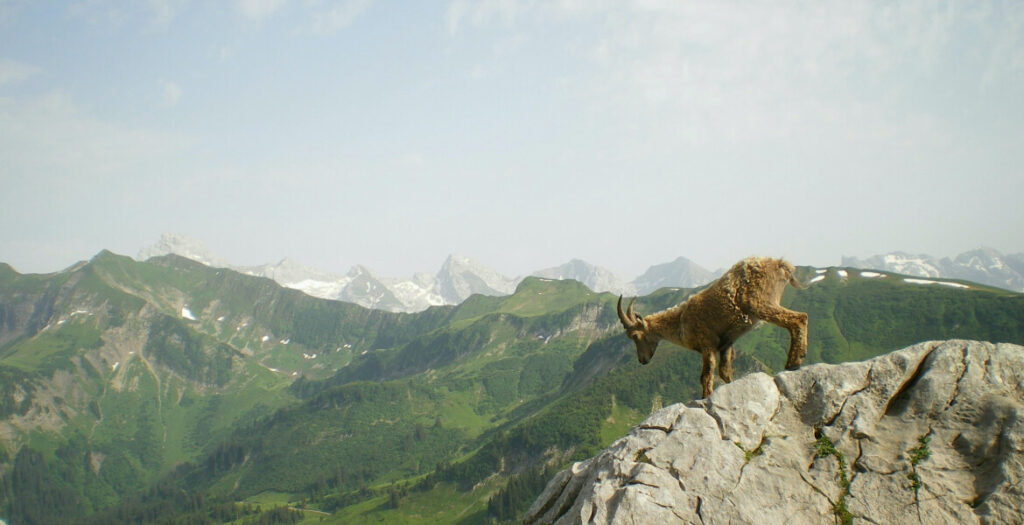Mountain Maple
Mountain Maple At a Glance
Scientific Name
Acer spicatum
USDA Growing Zones
3 to 7
Sun Exposure
Partial to full sun
Growth Rate
6-12 inches
Height
20 to 40 feet
Native Area
Eastern North America, from Newfoundland to Minnesota, south to Georgia and Alabama.
Mountain Maple Overview

Discover serenity in the embrace of a Mountain Maple, for it stands tall and steadfast, offering solace amidst life’s tempestuous storms. As its delicate leaves flutter in the wind, they whisper tales of resilience and strength, reminding us that even in the face of adversity, there is always a place of calm and tranquility to be found. The Mountain Maple, with its rugged beauty and unwavering presence, serves as a gentle reminder that nature’s embrace can provide respite and rejuvenation. So, seek refuge under the protective canopy of a Mountain Maple, and let its branches shield you from the chaos of the world, allowing you to find peace and harmony within its leafy sanctuary.
Mountain Maple FAQS
How Tall Do Mountain Maples Get?
Mountain maples typically grow to a height of 20 to 30 feet, although some can reach up to 40 feet. These deciduous trees are known for their vibrant fall foliage and are commonly found in mountainous regions. They prefer well-drained soil and partial shade, making them a popular choice for landscaping in areas with cooler climates.
Is Red Maple The Same As Swamp Maple?
Yes, red maple and swamp maple are the same tree species. They are both common names for Acer rubrum, a deciduous tree native to North America. The term "swamp maple" is often used to describe red maples that grow in wetland areas due to their ability to tolerate wet soil conditions.
What Is The Biggest Natural Predator Of Moose?
The biggest natural predator of moose is the gray wolf. Wolves are known to hunt and prey on moose, especially in areas where both species coexist. They use their pack hunting strategies to take down these large herbivores, targeting weaker or injured individuals. Other predators of moose include bears, especially grizzly bears, and occasionally cougars.
How Do You Tell The Difference Between Sugar Maple And Regular Maple?
The main difference between sugar maple and regular maple is the sap they produce. Sugar maple has a higher sugar content in its sap, making it the preferred choice for maple syrup production. Additionally, sugar maple leaves have five distinct lobes, while regular maple leaves typically have three or fewer lobes. These characteristics help distinguish between the two types of maple trees.
Is Sugar Maple And Rock Maple The Same?
Yes, sugar maple and rock maple are the same. Both terms refer to the same tree species, scientifically known as Acer saccharum. It is commonly called sugar maple due to its high sugar content, which makes it a popular choice for maple syrup production. The term rock maple is used to emphasize its dense and durable wood, often used in furniture and flooring.
Is Mountain Maple A Tree Or Shrub?
Mountain maple is a deciduous shrub or small tree native to North America. It typically grows up to 20 feet tall and has distinctive lobed leaves that turn vibrant shades of red in the fall. While it can be considered a shrub due to its size, it can also develop into a small tree depending on its growing conditions.
Is A Rocky Mountain Maple A Tree?
Yes, a Rocky Mountain maple is indeed a tree. It is a deciduous tree native to the western regions of North America, particularly the Rocky Mountains. With its distinctive lobed leaves and vibrant fall colors, the Rocky Mountain maple is a popular choice for landscaping and is considered a valuable species in the region.
How Old Is The Oldest Red Maple Tree?
The oldest red maple tree is estimated to be around 450 years old. These trees have a lifespan of about 100-150 years, but some exceptional individuals can live much longer. The exact age of the oldest red maple tree may vary depending on the specific tree and its location.
What Color Is Mountain Maple?
Mountain maple (Acer spicatum) typically has green leaves during the spring and summer months. However, in the fall, the leaves of mountain maple turn vibrant shades of red, orange, and yellow, adding a beautiful touch of color to the landscape.
